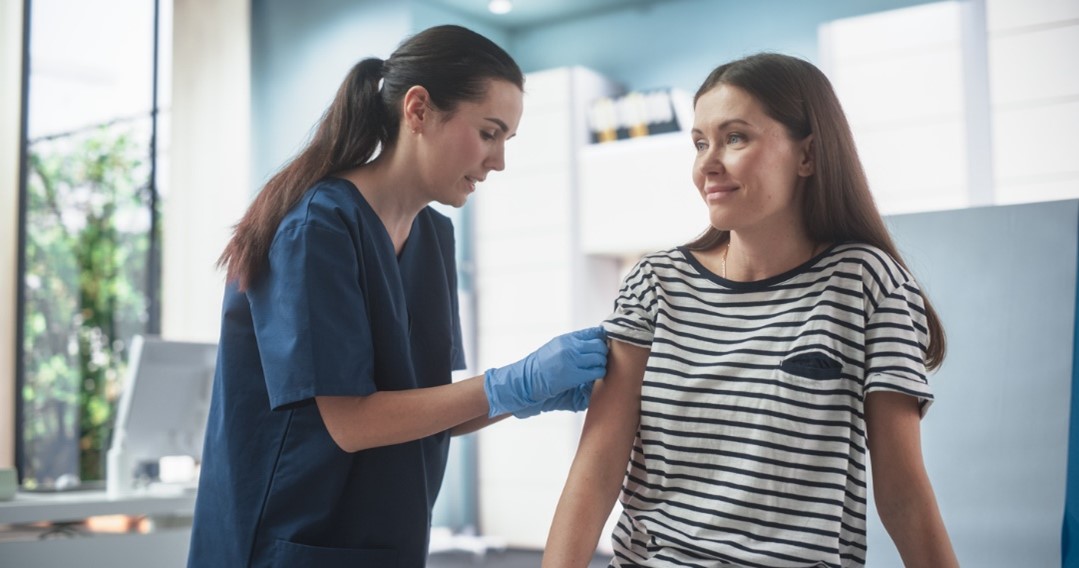Cervical cancer is the fourth most common cancer in women globally with an estimated 604,000 new cases and 342,000 deaths annually. The highest incidence is in low- and middle-income countries due to the lack of access to HPV vaccination and cervical screening. Cervical cancer is caused by persistent infection wit the human papillomavirus (HPV). Women living with HIV are six times more likely to develop cervical cancer versus those without. The good news is that cervical cancer is one of the most preventable and successfully treatable forms of cancer. Prophylactic vaccination against HPV and screening and treatment of pre-cancer lesions are effective strategies to prevent cervical cancer. Additionally, cervical cancer can be cured if diagnosed at an early stage and treated promptly.
The World Health Organization passed a resolution in 2020 and adopted a strategy aimed at eliminating cervical cancer worldwide. They embraced a three-pronged approach. First, 90% of girls are to be fully vaccinated with the HPV vaccine by fifteen years of age. Current guidelines are that children ages eleven to twelve years should get two doses of HPV vaccine, given six to twelve months apart. The vaccine can be given as early as nine years. If started after their fifteenth birthday, children need three doses, given over six months. The vaccine is not recommended for anyone older than age twenty-six years. Secondly, 70% of women are screened with a high-performance test by thirty-five to forty-five years of age, and if precancerous lesions are found, they are treated early. Thirdly, 90% of women identified with cervical disease receive treatment, including treatment of cervical pre-cancer and invasive cancer. If this approach is followed, it is estimated that 74 million new cases of cervical cancer and 62 million deaths in 78 low and middle-income countries can be averted by 2120.
In the US, HPV infections and cervical precancers have dropped since 2006 when HPV vaccines were first used. Among teen girls, infections with HPV types that cause most HPV cancers and genital warts have dropped 88%. Among vaccinated women, the percentage of cervical cancers that cause most HPV cancers and genital warts have dropped 81%. The HPV vaccination is very safe, and it is effective. It is the most useful tool for reducing the incidence of cervical cancer, as already shown since 2006.
Key components in minimizing the risk of cervical cancer include regular screenings, vaccination against HPV, and informed lifestyle choices. Continued education and adherence to medical guidelines significantly enhance the likelihood of early detection, leading to more successful treatment outcomes.
Learn more at https://www.who.int/news-room/fact-sheets/detail/cervical-cancer


Recent Comments